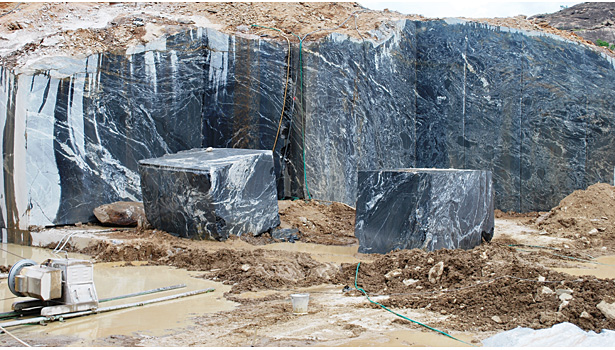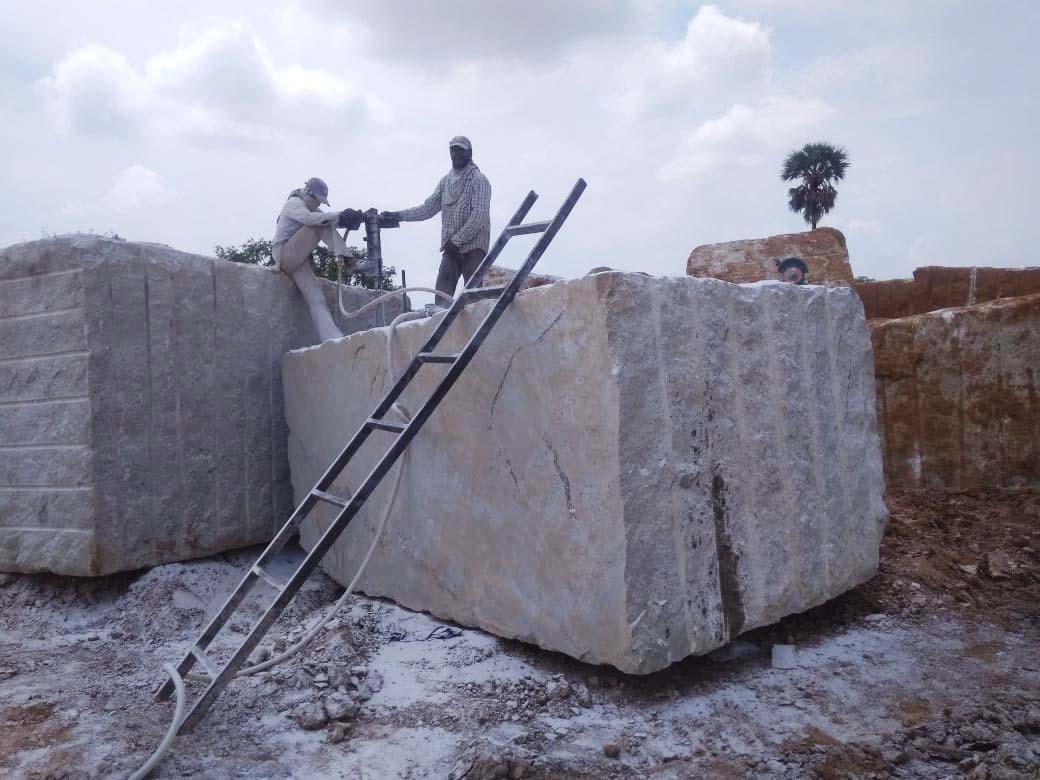The Concealed Treasures: Checking Out Granite Quarries in South Africa
The Concealed Treasures: Checking Out Granite Quarries in South Africa
Blog Article
Discovering the Rich Background and Sustainable Practices of Granite Quarrying
As we stand on the precipice of uncovering the elaborate tapestry of granite quarrying, a trip with time reveals not simply the physical act of drawing out rock yet likewise the social and historical value woven into the very fabric of this technique. From the ancient origins that laid the structure for modern-day quarrying strategies to the lasting methods that are forming the future of this sector, each sculpt mark on granite surface areas narrates waiting to be uncovered (granite quarries in south africa). The tradition of granite quarrying extends much past simple removal; it is a testament to human ingenuity, strength, and the long-lasting appeal of this marvelous rock
Old Origins of Granite Quarrying
Dating back to ancient worlds, the technique of quarrying granite has actually been an important part of human background and architectural advancement. The earliest evidence of granite quarrying dates back to old Egypt, where huge pyramids and complex sculptures were crafted from this sturdy rock. The Egyptians made use of primitive devices to extract granite blocks from quarries, showcasing the value of this product in their monumental buildings.
Moving on in history, the Greeks additionally made substantial contributions to the quarrying of granite. The Greeks utilized granite in different architectural wonders, such as temples and statues, showing their skill in shaping and sculpting this hardy rock. The Romans even more refined the methods of quarrying granite, utilizing advanced devices like blades and hammers to remove and shape granite for their iconic structures.
With the centuries, the method of quarrying granite has progressed, with modern-day innovations boosting effectiveness while preserving the timeless allure of this natural stone - granite quarries in south africa. From old human beings to contemporary home builders, the tradition of granite quarrying remains to form our world
Evolution of Quarrying Strategies
The evolution of quarrying techniques has actually been marked by a constant progression in the direction of higher effectiveness and precision in extracting granite. Early quarrying techniques included manual labor with fundamental devices such as blades, hammers, and wedges to extract granite blocks from the earth.
In more current times, the arrival of machinery changed the quarrying industry, enabling faster extraction prices and raised performance. Technologies such as diamond cable saws, high-pressure water jets, and pneumatically-driven drills have actually come to be standard in contemporary quarries, enabling exact cutting and reduced waste. Innovations in computer-controlled tools and 3D modeling have enhanced quarrying operations, leading to very little environmental influence and boosted sustainability techniques. As the need for granite proceeds to increase, the advancement of quarrying techniques stays important to meeting sector needs effectively and sustainably.
Social Relevance of Granite
Granite holds an extensive cultural significance across various civilizations as a result of its enduring existence in architectural work of arts and admired monuments. From the magnificent pyramids of Egypt to the complex makings of the Angkor Wat temple in Cambodia, granite has been a material of choice for sharing magnificence and durability in social heritage. In ancient Rome, granite columns decorated temples and public structures, symbolizing toughness and durability. The social significance of granite prolongs beyond its physical attributes; it symbolizes strength, security, and eternity, making it a symbol of enduring traditions and practices.

Sustainable Practices in Quarrying
In the middle of the abundant background of granite quarrying and its cultural importance lies a growing emphasis on lasting techniques within the industry. As environmental awareness and concerns concerning resource deficiency have heightened globally, the quarrying field has actually significantly accepted lasting techniques to lessen its influence on the environment and surrounding areas.

Furthermore, recovery and rehabilitation of quarry sites post-extraction are essential to sustainable practices. By restoring quarried locations to an all-natural or beneficial state, such as creating wildlife habitats or entertainment areas, quarriers can balance out the ecological footprint of their operations and add favorably to the regional community.
Legacy of Granite Quarrying
With a historical background steeped in workmanship and industrial development, what withstanding impact has granite quarrying left on the landscape of modern society? The tradition of granite quarrying transcends simple extraction techniques; it has shaped building wonders, metropolitan landscapes, and cultural heritage worldwide. The durable nature of granite has actually made it a recommended choice for monoliths, my website structures, and facilities, Get More Info standing as a testament to the skill and virtuosity of quarry employees across generations.
Moreover, the financial impact of granite quarrying can not be forgotten. The industry remains to offer employment possibility and drive local economic situations in regions where granite extraction prevails. It has additionally stimulated technical innovations in quarrying methods and tools, leading to much more efficient and sustainable methods.
In terms of sustainability, the heritage of granite quarrying consists of initiatives to reduce environmental impacts with recovery projects and responsible source monitoring. By balancing financial rate of interests with ecological stewardship, the industry strives to make sure that future generations can proceed to benefit from this enduring all-natural source.
Verdict

Report this page